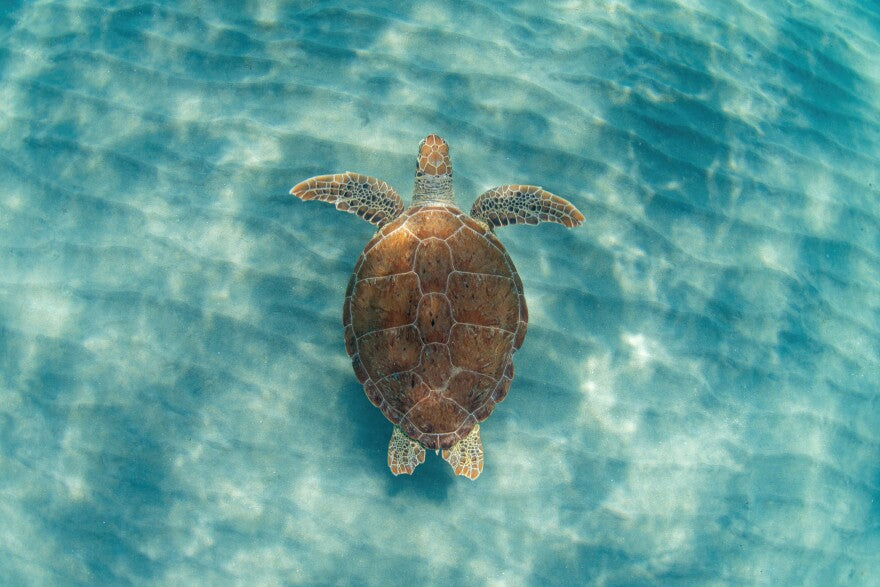Sea turtles are among the most epic travelers on Earth—some species migrate over 10,000 miles each year across entire oceans. Their journeys span continents, driven by the need to feed, breed, and survive in changing marine environments.

Leatherbacks: The Marathon Swimmers
The leatherback sea turtle (Dermochelys coriacea) holds the title for longest migration of any sea turtle—and one of the longest of any animal. These jellyfish-loving giants can travel up to 10,000 miles annually, crossing entire ocean basins.
- In the Atlantic, leatherbacks migrate from Caribbean nesting beaches to Canadian foraging grounds.
- In the Pacific, they swim from Indonesia and Malaysia to California and Alaska, chasing jellyfish blooms.
Their lightweight, flexible shells and ability to regulate body temperature allow them to thrive in colder waters, giving them a unique edge in long-distance travel.
Loggerheads: Transpacific Navigators
Loggerhead turtles (Caretta caretta) are known for their impressive transoceanic migrations. Hatchlings born in Japan drift across the Pacific to Baja California, Mexico, where they feed and mature. Once they reach adulthood, they return to Japan to breed, completing a round-trip migration of nearly 8,000 miles.
Loggerheads use a series of foraging sites and are believed to navigate using Earth’s magnetic field, ocean currents, and water chemistry.
Green Turtles: Coastal Commuters
Green sea turtles (Chelonia mydas) tend to shuttle between coastal foraging areas and nesting beaches, often traveling hundreds to thousands of miles. Some populations migrate seasonally to warmer waters, moving north in summer and south in winter to follow food availability and temperature changes.
Unlike leatherbacks and loggerheads, green turtles often return to the same feeding grounds year after year, showing strong site fidelity.
Olive Ridleys & Hawksbills: Open Sea Wanderers
Olive ridley turtles (Lepidochelys olivacea) and hawksbill turtles (Eretmochelys imbricata) also undertake long migrations, though their patterns are less predictable. Olive ridleys forage in open ocean areas, while hawksbills prefer coral reefs and may migrate between islands and coastal zones.
These species can travel thousands of miles, but their routes vary widely depending on regional conditions and food sources.
Why These Journeys Matter
Sea turtle migrations are more than just impressive feats—they’re essential for species survival. Migration helps turtles:
- Find optimal breeding and feeding grounds
- Avoid predators and temperature extremes
- Maintain genetic diversity across populations
Tracking these migrations with satellite telemetry has revealed just how far these ancient mariners roam—and how vulnerable they are to threats like fishing nets, pollution, and climate change.
In short: Sea turtles are global citizens of the sea. From the leatherback’s transoceanic marathon to the green turtle’s coastal commute, their migrations span thousands of miles and connect ecosystems across the planet.

